The content of the article
The second or third birth scares the expectant mother no less than the first. She is not afraid of the process itself. A woman remembers the sensations that she experienced when a child was born, knows how to choose a doctor, and how to communicate with medical staff. The future mother is frightened by the opportunity not to distinguish real contractions from false ones and to give birth to a baby too outside the hospital. To avoid this, you need to listen to your own body and pay attention to all body signals.
First messengers
The weight of the expectant mother is constantly increasing. The baby develops and grows, the hormonal background changes, due to which fat accumulates in the subcutaneous layers. But as soon as the body begins to prepare for childbirth, weight gain stops, and the expectant mother can lose 1.5-3 kg. At the same time, the face and hands cease to swell, but the legs swell more. The child changes position, dropping a little lower, and presses on the vessels located in the small pelvis. Blood circulation in the body normalizes, and in the legs it worsens, which is why they swell more strongly.
Usually the baby turns over, the head "looks" at the cervix. This is a natural position that facilitates childbirth and helps the baby to be born without complications. The child, together with the bubble, falls closer to the "exit", so the pregnant woman’s stomach moves down. Changes are visible visually and are accompanied by certain symptoms:
- The pressure on the diaphragm decreases, it becomes easier for a woman to breathe.
- Lumbar pain or discomfort occurs in the lower back.
- At night, the pregnant woman can’t find the right position, because the belly that falls down protrudes more and interferes.
- The child begins to put pressure on the bladder, so urge to the toilet becomes more frequent, you have to get up in the middle of the night several times.
- Some pregnant women had urinary incontinence before the onset of labor, which prevented them from laughing, coughing, or doing housework.
The omission of the fetus is accompanied by pressing sensations in the lower abdomen. They are painless, but cause suspicion. When the baby moves closer to the cervix, it stops putting pressure on the stomach. The work of the digestive organs, primarily the stomach, is normalized. Pregnant women who have suffered from heartburn during the entire period of gestation note that a burning sensation and other unpleasant symptoms disappear closer to the onset of labor.
Body cleansing
In multiparous, as during the first pregnancy, diarrhea appears one day or several days before labor. Some women practically do not get up from a white friend and are forced to wake up in the middle of the night to have time to run to the bathroom. In others, indigestion is accompanied by vomiting or lack of appetite. The body is freed from food debris, because it will have to spend a lot of energy on labor and the birth of a baby. The body does not have energy to digest lunch or dinner, so the pregnant woman suffers from diarrhea.
Of course, upset stomach and vomiting can trigger food poisoning, but it is accompanied by:
- fever;
- pain in the intestines and other digestive organs;
- bloating and flatulence;
- increased sweating.
With food poisoning, the pressure decreases, a pregnant woman may feel dizzy or double in her eyes. When the body cleans itself before contractions, the woman is not bothered by pain and body temperature remains in the range of 36.6–37 degrees.
Tip: If the body is severely dehydrated due to vomiting and diarrhea, you should immediately call an ambulance and go to hospital.Doctors should stop nausea and indigestion, and then restore water balance.
Model housewife
Toddlers in the second and third semester regularly remind themselves of their existence, kicking mom in the liver or in the kidney. A day or a few hours before contractions, the child becomes excessively active: spinning, tossing and turning, and then suspiciously silent. Doctors say that the fetus anticipates the onset of labor and builds up strength for the last spurt. The child seems to fall asleep, and the mother, on the contrary, feels a surge of energy. In the third trimester, a large belly and swelling make the pregnant woman clumsy, the woman feels tired and sleepy, therefore she moves little, trying to lie or sit more. But before the fights, mom seems to have a second wind. She happily washes the floor, sorts things for the baby, collects a bag in the hospital, or walks along the street. The pregnant woman can do a spring cleaning, and she will have two more energy left. Only time to clean the bath or wash the windows will not be, because after a few hours after a surge of strength, contractions begin.
Training or real
False contractions of the uterus can scare a multiparous woman, because they look like real ones:
- the stomach tightens and becomes hard;
- the muscles of the uterus periodically contract, but not regularly;
- some pregnant women experience mild pulling pain that appears in the lower back and falls into the pelvis.
Training fights take place if a woman lies on her side and squeezes her pillow or goes to the kitchen to drink tea. False uterine contractions will subside if you are distracted by a film or an interesting book. Real fights in a healthy woman begin at 38–40 weeks or a little later. They are regular, occur after an equal time period: first 30–20 minutes, and after 15–10. The first contractions are accompanied by uncomfortable sensations, like during menstruation, but the pain gradually intensifies.
Are regular and frequent contractions? Pulling in the lower abdomen and no film helps to get rid of discomfort? You need to call the doctors, lie on the sofa and relax. Symptoms indicate true contractions, and the baby should be born in 2–5 hours. You can not worry and move too much, because physical and emotional stress can provoke a fleeting birth. They are dangerous for the health of the mother and the baby’s life, so it is important to wait for doctors and get qualified help.
The child is less than 37 weeks old, but does mom regularly worry about training fights? Need to consult a gynecologist. Perhaps the cervix has opened, so false contractions occur. In such cases, the specialist suggests lying down for preservation or gives special instructions:
- do not take a bath, bathe only in the shower;
- do not include too hot water, it should be slightly warmer than room temperature;
- it is advisable not to massage the sacrum;
- lie more and limit physical activity.
These contractions are accompanied by the discharge of cork and amniotic fluid. The pregnant woman is pulled by the lower abdomen, as if before menstruation, and when she goes to the toilet, she notices a brown or orange tint on her underwear or panty liner. The mucus may also be brown or reddish.
Amniotic fluid comes out completely or partially. Sometimes amniotic fluid leaks before the onset of labor, and splash out almost during attempts. In other pregnant women, labor is activated after the amniotic fluid is shed. In any case, if a woman has noticed copious turbid discharge, you should immediately go to the hospital or to see a doctor. It is advisable to call an ambulance or ask someone close to accompany the pregnant woman to the hospital itself. In a taxi or car, you need to take a lying position, turning on the right or left side. Hold a pillow or small roller between your legs.
Individual characteristics
Experts recommend that women go to the hospital at 38 weeks so that the gynecologist can control the birth process and not miss the start of labor.
Women claim that before the baby was born, they suffered from insomnia, feelings of heaviness in swollen legs and could not warm themselves even under two blankets. Some mothers were looking forward to the end of pregnancy, tired of the huge abdomen and their own slowness, others remained active and cheerful until the very end, picked up their bags on their own and drove to the hospital by bus.
Symptoms of contractions in each multiparous are individual. They are similar to the sensations that the pregnant woman experienced during the first birth, or are radically different from past experience. The signals depend on the state of health of the woman, the location of the child and many factors, therefore, at the slightest suspicion, you should consult a doctor, and then the baby will be born on time and without complications.
Video: how to understand that labor has begun



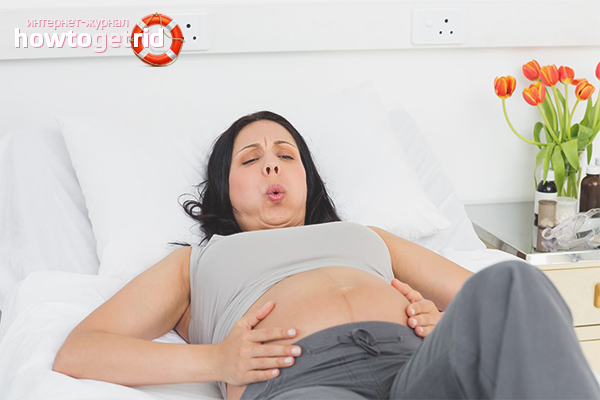

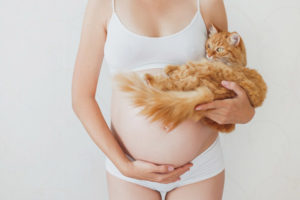
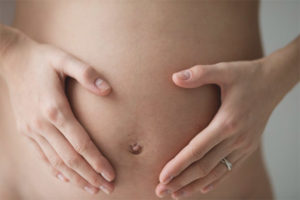

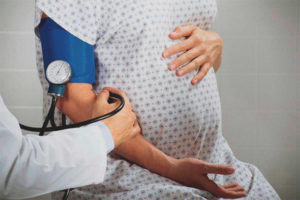
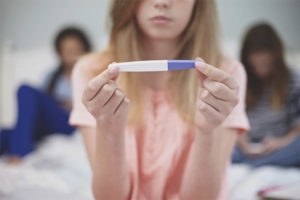
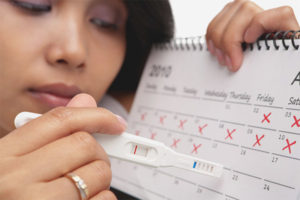

Submit